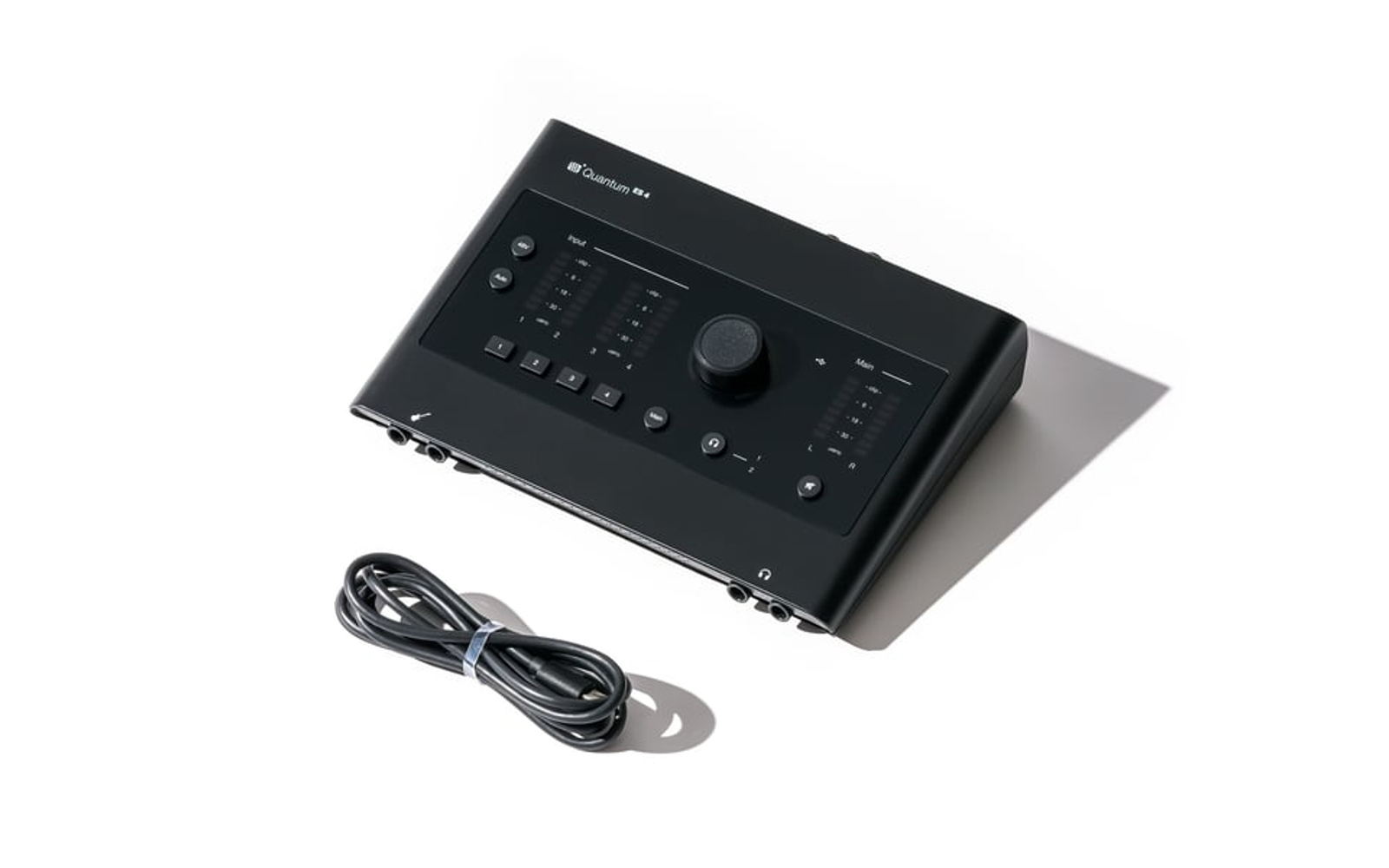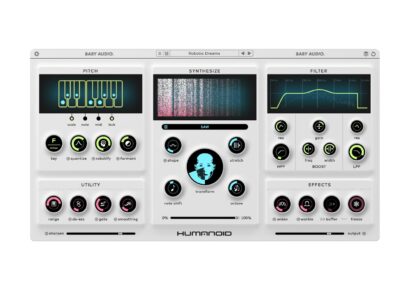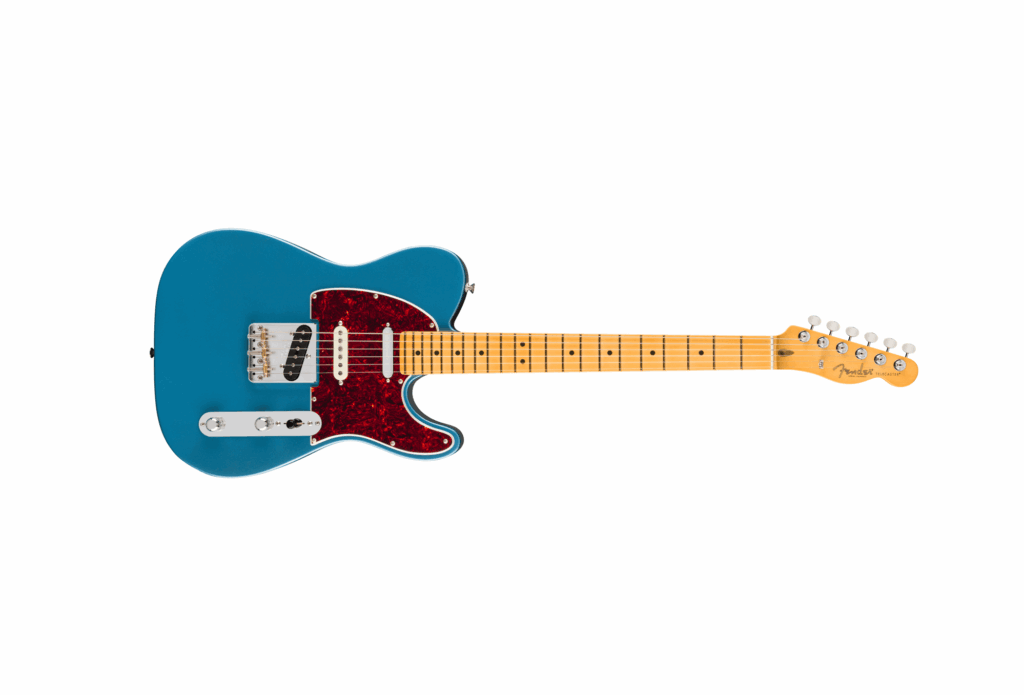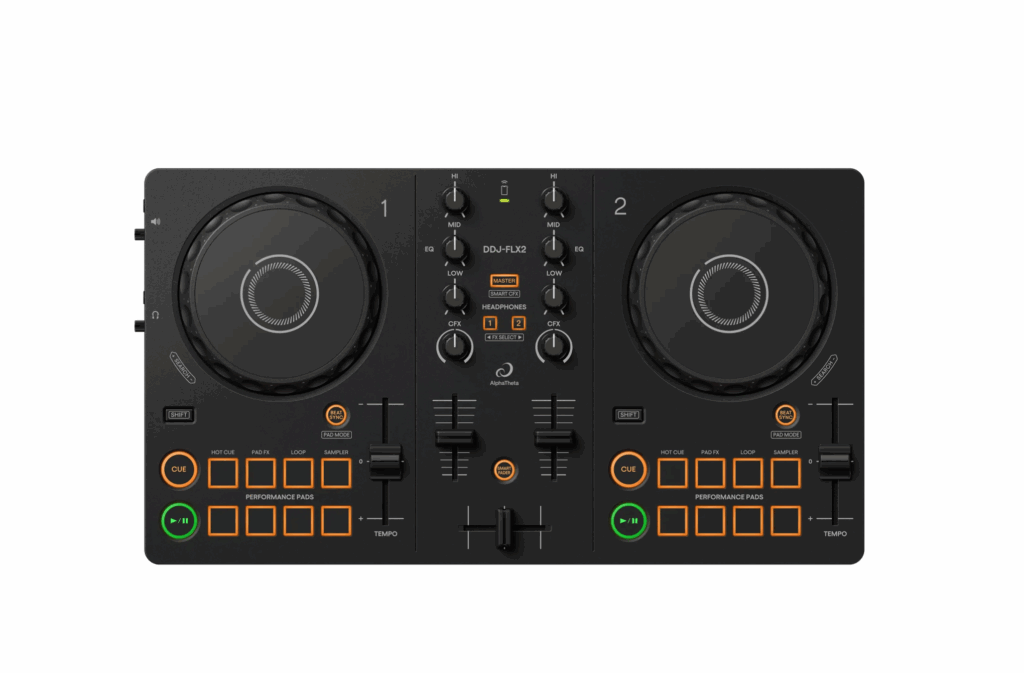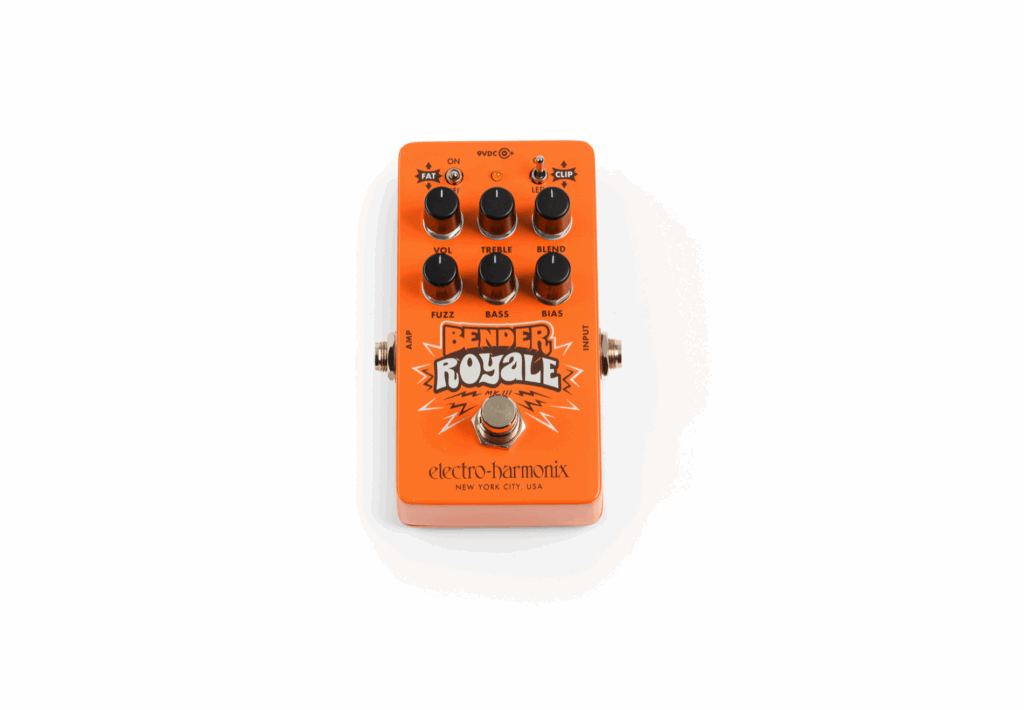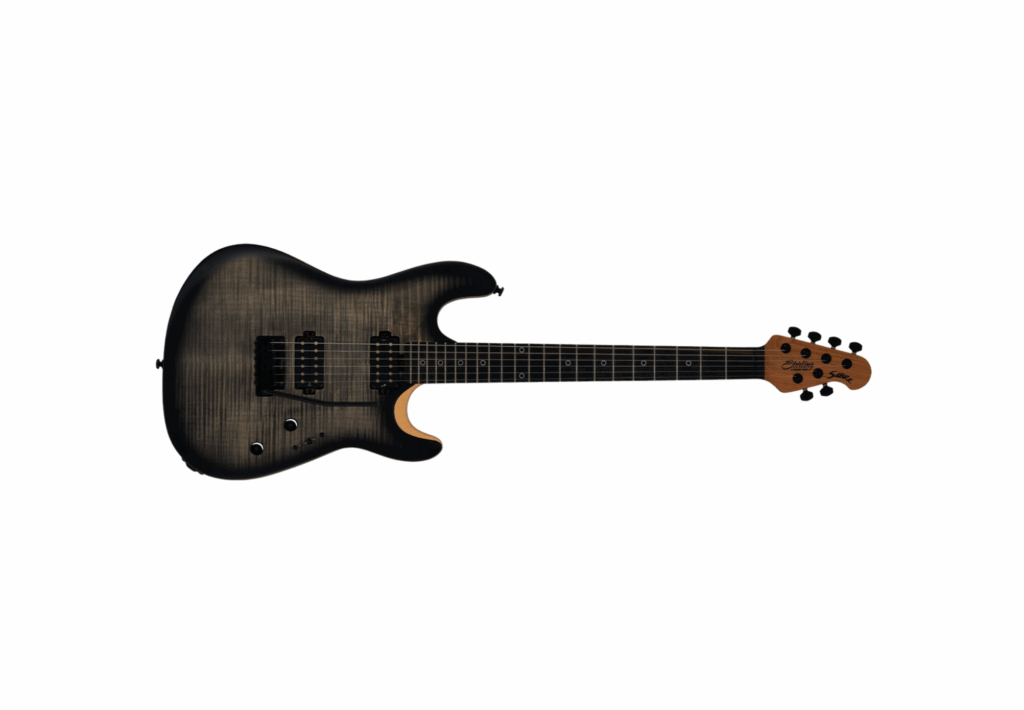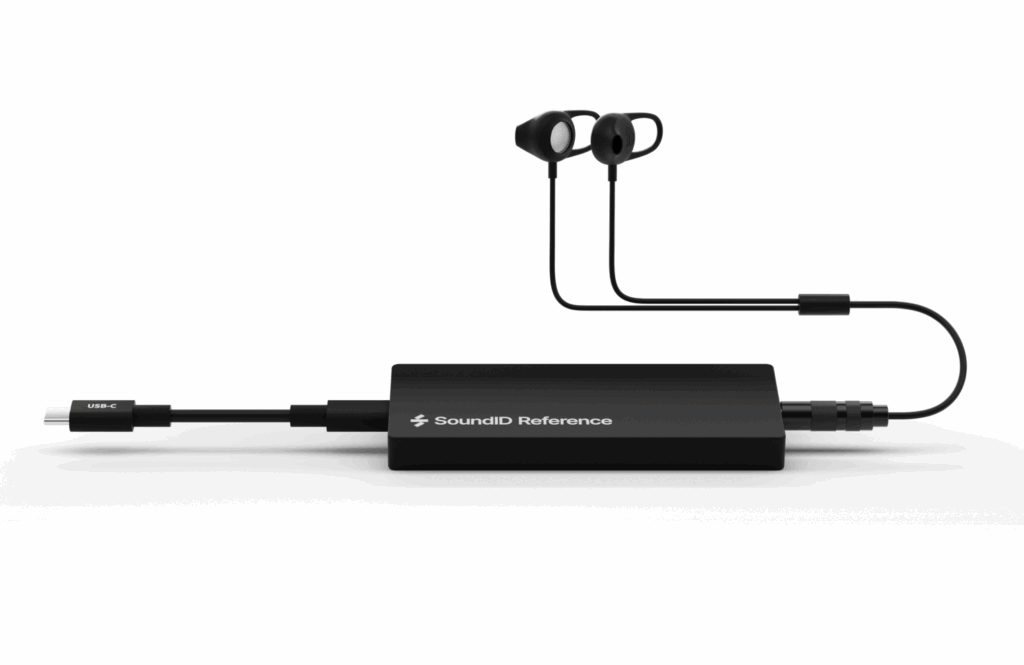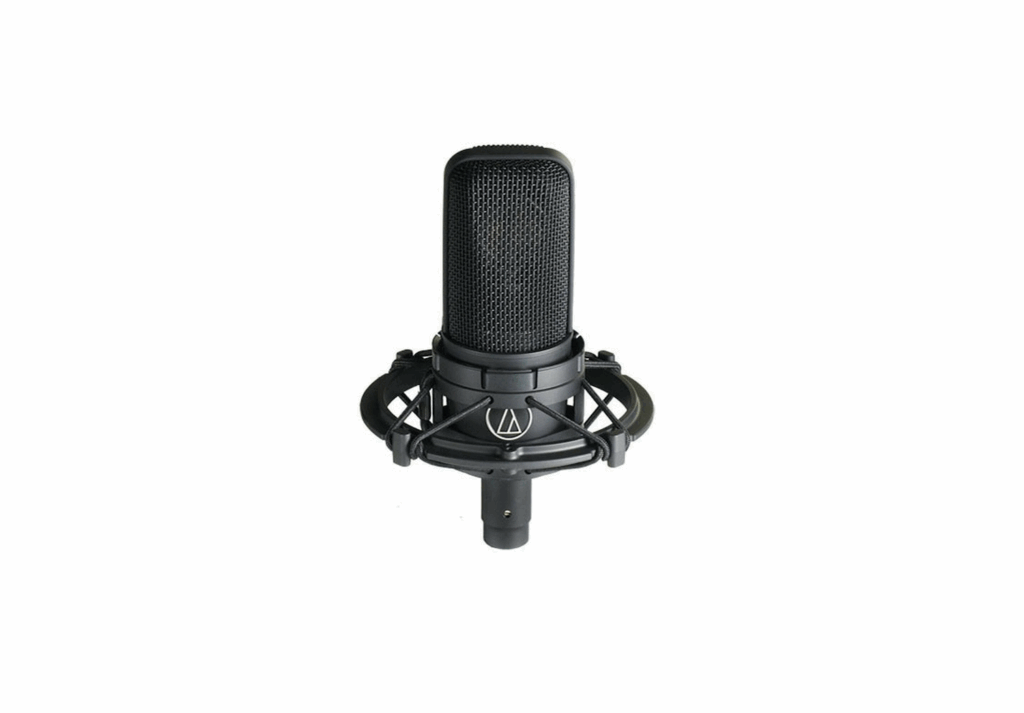PreSonus Quantum ES 4 Audio Interface | Link Audio | RRP: $599
PreSonus have been at the forefront of home studio control surfaces and interfaces for quite some time now. That signature blue glow, the tell-tale sign of a PreSonus design, and one I have come to know all too well, having owned a number of their early units, and putting them through considerable use. They brought a range of big studio hardware features to small studio devices quite unlike any other manufacturers at the time. And whilst many of us would admit to being a sucker for a gimmick, I just can’t say no to one that actually delivers in design and practice. So, it took me all of about three seconds to say yes to taking the Quantum ES 4 for a spin this month. Let’s see what PreSonus have packed in this desktop unit, and explore how it may work in your audio recording and mixing space.
Catch up on all the latest music gear reviews here.
For those of you who like a more ‘hands on’ approach to your audio workspace, this Quantum ES 4 is a great solution. It’s compact enough to fit in with the most modest of setups, yet large enough to allow easy access to features without compromising on space. This is a nice step away from the trend of rack frame audio interfaces, in a world where less and less users are actually using a rack of gear in the first place. More often than not, a small desktop space with monitors and a laptop are the creative hub for many audio producers, so why not offer a multi-channel audio interface that contributes to this workspace? Exactly! Think of it as the control deck at the helm of your audio workstation, and you’ll soon find it fits in with your workflow quite nicely.
Quantum ES 4 Audio Interface
As the name quietly alludes to, the ES 4 offers four channels of audio input. On the rear of the unit, you’ll find four combination XLR/TRS balanced inputs for microphones or line levels devices. Four outputs are offered on balanced TRS connectors and MIDI IN/OUT as well as USB Auxiliary inputs are also there. That’s about it. Nice and simple, but offering plenty of options depending on what you’re working with. On the front edge of the unit, two instrument inputs on ¼” jacks are found, which have been engineered in a collaboration with Fender to supply guitarists with a high-quality direct input. And, since there’s likely to be two of you sitting around the ES4, two headphone outputs are also supplied on the front edge of the console, with a toggle button to allow for volume adjustments from the main jog wheel.
Also on the top panel are four engagement buttons for each of the input channels, and a main mix button, so that the jog wheel can be assigned to each as needed. A speaker mute button is also found by the main dB meter. On the far left, the Phantom Power button engages 48 volts to all four preamps, and an Auto button engages the nifty auto gain function that allows you to just worry about creativity and let the digitally controlled preamps deliver the most gain without going too far. It’s like driving a car without even needing to touch the clutch!
If you’re a believer in your audio workspace looking the part, for the aid of the creative process, or simply for the snaps you can put up on Instagram, then you’re going to love the Quantum ES 4. It looks like a control device that carries a price tag four times what you’ll pay. ‘Sharp’ is the first adjective that comes to mind. The jog wheel is the centrepiece to this black and blue box, and helps to make it really look the part, but it’s very functional too. With blue LED lights around the wheel for an indication of level, it shuffles between positions as each function is engaged, without the wheel needing to move. Speaking of the movement, it’s a very nice motion. Smooth yet firm, and feels like it is going to take continual abuse over time, which is very important, as it’s the main control mechanism on the device.
PreSonus Universal Control App
Inside the box, there is a full mixing and routing matrix for all the inputs and outputs to get your signals to and from your DAW through the Universal Control App. And wouldn’t you know it, if you’re not already using a DAW of choice, PreSonus have bundled in their Studio One software with the device to get you creating right away. Best of all, it’s not a ‘Lite’ or ‘Compact’ edition. This is the full works, a free 6-month subscription to Studio One+ which features Studio One Professional Editions and a whole host of add-ons to allow you to record and create professional audio works from day one.
So, when all is said and done, the combination of a solidly designed, sleek looking box, with four class leading preamps, and six months of fully featured software is made available for less than I paid for my first MIDI interface on a SCSI breakout card. How times have changed. If you’re in the market for a new interface, or looking for your first, think it through, and consider how additional inputs could work in your audio flow. Be it for home recording, compact studio use, or even in the rehearsal room, the Quantum ES4 is very much worth a look. For around the same price as a number of two channel interfaces, you can get four preamps and four outputs, with software and 30 years of design backing it up. Check one out today at your local PreSonus dealer, I think you’ll be pleasantly surprised.
For local PreSonus enquiries, keep reading at Link Audio.
